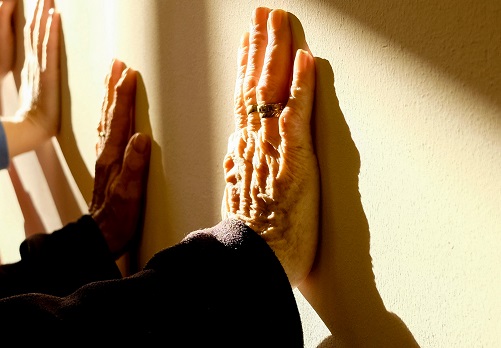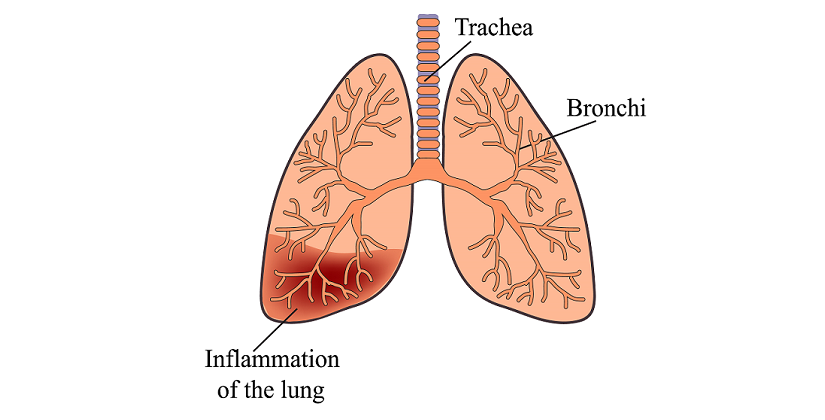 Arthritis is a highly common chronic disease. In fact, it currently affects 54.4 million American adults. Of that 54.4 million, approximately 1.3 million suffer from rheumatoid arthritis. Symptoms of rheumatoid arthritis typically show up between the ages of 30 and 50. However, it can also show up in older adults. When it presents itself in people who are over the age of 60, it’s referred to as elderly-onset rheumatoid arthritis.
Arthritis is a highly common chronic disease. In fact, it currently affects 54.4 million American adults. Of that 54.4 million, approximately 1.3 million suffer from rheumatoid arthritis. Symptoms of rheumatoid arthritis typically show up between the ages of 30 and 50. However, it can also show up in older adults. When it presents itself in people who are over the age of 60, it’s referred to as elderly-onset rheumatoid arthritis.
Rheumatoid arthritis and osteoarthritis (the more common form that occurs when the cartilage between bones begins to wear down) share many of the same symptoms. But, rheumatoid arthritis also comes with some unique symptoms that make it a bit harder to diagnose.
A lot of people don’t even realize they have rheumatoid arthritis because they don’t know to be on the lookout for lesser-known symptoms. Read on to learn more about elderly-onset rheumatoid arthritis, as well as some of the most frequently overlooked symptoms.
What is Rheumatoid Arthritis?
Rheumatoid arthritis is an autoimmune disease. In people who have rheumatoid arthritis, the immune system attacks the joint tissue. It can also target the body’s organs in more severe cases. Common symptoms of rheumatoid arthritis include joint pain, swelling, and limited mobility.
Rheumatoid Arthritis Vs. Elderly-Onset Rheumatoid Arthritis
Rheumatoid arthritis in younger people and elderly-onset rheumatoid arthritis share the same symptoms. But there are some key differences in the way these symptoms present themselves. In younger people, women are more prone to rheumatoid arthritis than men. In older adults, the rates of diagnosis are the essentially same, regardless of gender. Symptoms tend to come on much quicker in elderly-onset rheumatoid arthritis. The pain and stiffness also affect large joints, like the shoulders, first. In younger people, small joints like the fingers and toes are affected first.
Lesser Known Symptoms of Elderly-Onset Rheumatoid Arthritis
In addition to joint pain and stiffness, you may also experience these lesser-known symptoms of elderly-onset rheumatoid arthritis.
Fatigue
Many people with elderly-onset rheumatoid arthritis first notice feelings of fatigue. They may just feel low energy or a bit “off.” This is typically due to increased levels of inflammation in the body. It could also be indicative of anemia, a condition that many people with rheumatoid arthritis experience.
Weight Loss
Uncontrolled inflammation can suppress the appetite and cause you to eat less than you normally would. Inflammation can also increase your metabolic rate and cause you to burn calories more easily. The combination of these two issues, in turn, can lead to unexplained, unintentional weight loss. If you’re dropping pounds without trying and don’t have much of an appetite, elderly-onset rheumatoid arthritis could be to blame.
Dry Eyes
Rheumatoid arthritis causes inflammation throughout the body. Even the surface of the eye can be affected. This inflammation can lead to a reduction in tear fluid (a condition known as Sjögren’s Syndrome). Other symptoms include redness, dryness, and a gritty feeling in the eyes when you blink.
Chest Pain
If you’re experiencing occasional chest pain but have already been told by your doctor that you don’t have any cardiovascular issues, rheumatoid arthritis could be the cause. This is because rheumatoid arthritis can cause inflammation in the lungs. This leads to pain in the chest when you breathe in deeply. In some cases, the lining of the heart can also become inflamed and cause chest pain.
Rashes and Other Skin Conditions
Rheumatoid arthritis may also affect the appearance of the skin. Approximately 50 percent of people who have rheumatoid arthritis develop lumps of tissue underneath their skin known as rheumatoid nodules. They may also experience skin rashes and itchy hands and feet.
How to Manage Rheumatoid Arthritis Symptoms
Whether you’re experiencing one of these frequently overlooked arthritis symptoms or struggle with more common ones, it’s important to know how to manage your discomfort to maintain a high quality of life. The following tips can help you stay on top of your symptoms and keep them from interfering with your daily life.
- Reduce inflammation with lifestyle changes: Losing excess weight, exercising regularly, and managing stress can help lower inflammation and lessen the severity of your symptoms
- Eat an anti-inflammatory diet: A diet low in processed food, sugar, alcohol, and grains can help minimize inflammation and reduce symptoms
- Use herbal remedies to relieve pain: Arthritic adults should consider supplements like turmeric and ginger to help reduce inflammation without potentially dangerous side effects
- Work with a physical therapist: They can help you learn to move in ways that protect your joints and relieve your pain
If you think you have elderly-onset rheumatoid arthritis, visit your doctor for testing today. Keep these symptom-management tips in mind, too, so you can relieve your pain and improve your quality of life.


Comments